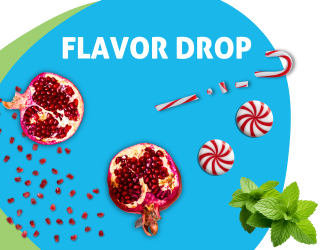The Nutrition Facts label is under scrutiny by consumers and FDA. Shoppers look at the label as they make dietary choices. The agency dictates the format and what nutrients must listed on the label. Compliance is enforced through random sample collection and testing for accuracy.
Yet, packaged foods are subject to processing methods that can alter the nutritional quality of a product. Pasteurization, high-pressure processing (HPP), ultra-high temperature (UHT) and freeze-thaw treatments expose foods to high levels of heat, light and/or oxygen that can diminish the nutritional quality of a product. What’s more, certain ingredients such as vitamins, minerals and botanicals are prone to degradation. Then there’s nutrient loss during storage. However, brands can ensure products remain nutritionally sound from factory to fork…
The good news is, “In general, the content of macronutrients like proteins, carbohydrates and fats will not be altered during processing and shelf life,” said Joe Farinella, vice president of product development, Imbibe. The form of the macronutrient may change. Fats may rise to the surface of a beverage or proteins may settle out to the bottom of the package; however, the actual amount of these ingredients will not change
Read the full article in Food & Beverage Insider.



